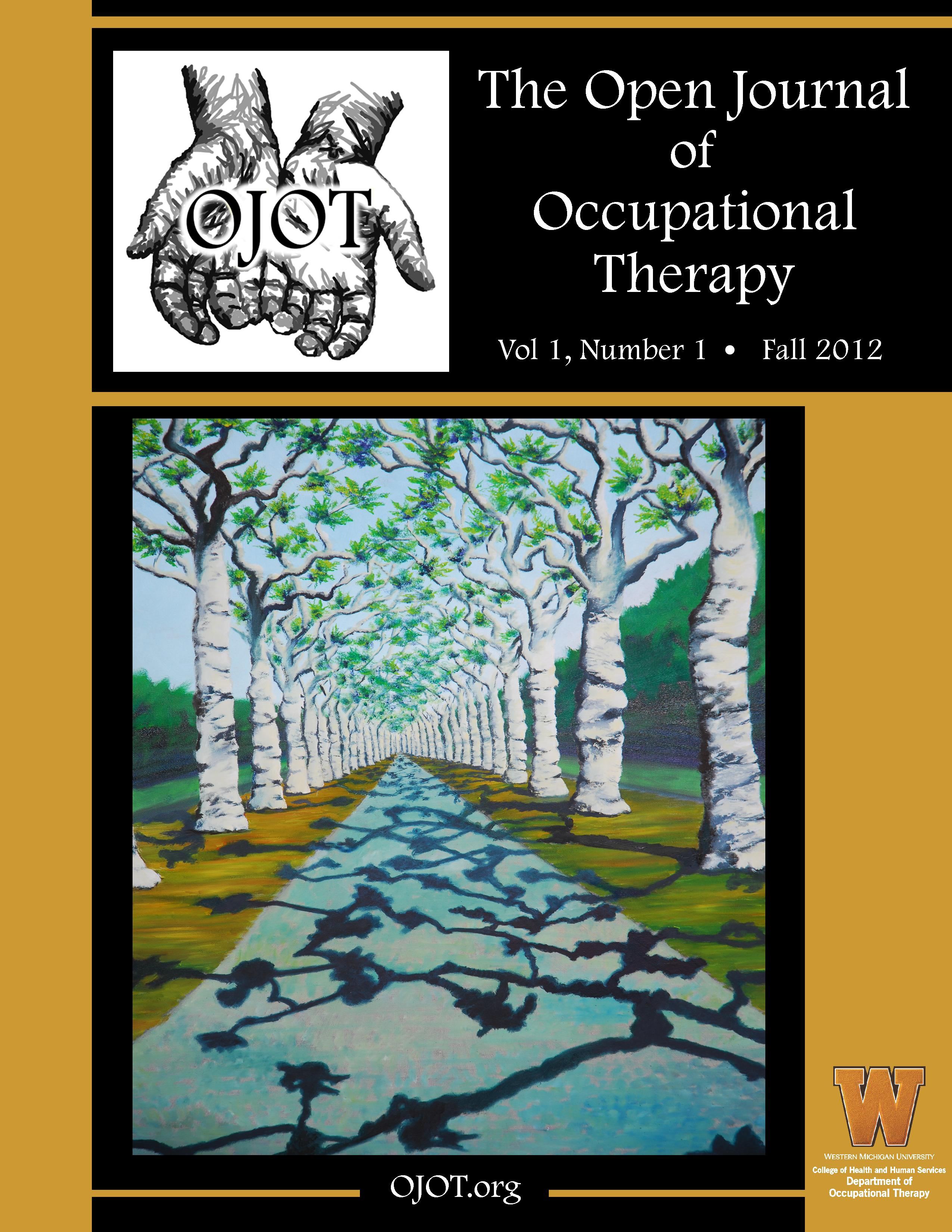ScholarWorks > HHS > OT > OJOT > Vol. 10 > Iss. 4 (2022)
Credentials Display
Brenda L. Beagan, Ph.D.; Kaitlin R. Sibbald, M.Sc., OT Reg (NS); Tara M. Pride, M.Sc., OT Reg (NS); Stephanie R. Bizzeth, M.Sc., OT Reg (NS)
Abstract
Background: Occupational therapy professes commitment to equity and justice, and research is growing concerning the experiences of clients from marginalized groups. To date, almost no research explores the professional experiences of therapists from marginalized groups. This qualitative study explores how exclusion operates in the profession among colleagues.
Method: Grounded in critical phenomenology, semi-structured in-depth interviews were conducted with 20 occupational therapists who self-identified as racialized, disabled, ethnic minority, minority sexual/gender identity (LGBTQ+), and/or from working-class backgrounds. Iterative analysis was conducted using constant comparison and employing ATLAS.ti for team coding.
Results: Across identity groups, four processes of exclusion were identified: isolation, abrasion, presumptions of incompetence, and coerced assimilation. Garland-Thompson’s (2011) concept of “misfit” is employed to analyze how therapists are constructed as not-quite-fitting the professional space delimited by occupational therapy’s white, able-body-minded, Western, heterosexual, middle-class, cisgender norms.
Conclusions: Misfits are constructed by contexts, by expectations and material arrangements that assume particular bodies. Misfits make visible the inequities built into business-as-usual, an illumination that comes at often-painful cost. Yet there is possibility for change toward equity and justice for therapist colleagues: we can all choose to do differently, enacting change at micro and macro levels.
Recommended Citation
Beagan, B. L., Sibbald, K. R., Pride, T. M., & Bizzeth, S. R. (2022). Professional Misfits: “You’re Having to Perform . . . All Week Long”. The Open Journal of Occupational Therapy, 10(4), 1-14. https://doi.org/10.15453/2168-6408.1933


